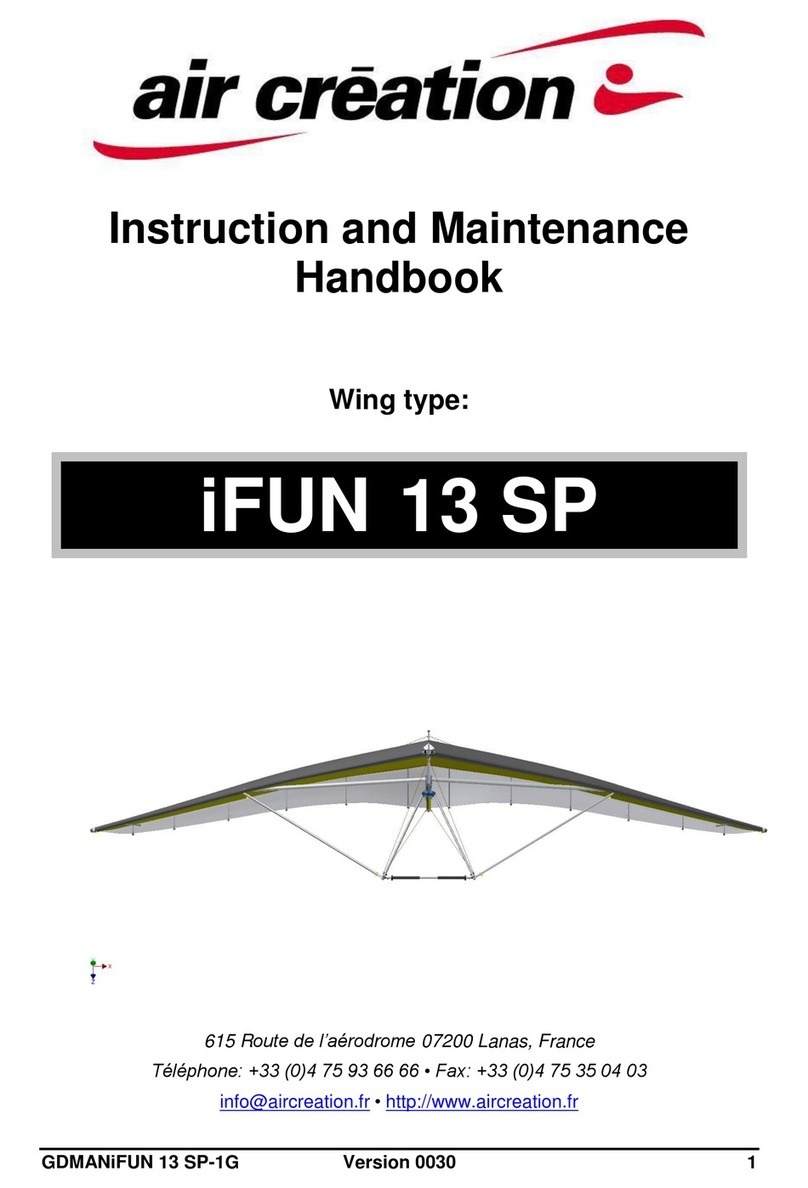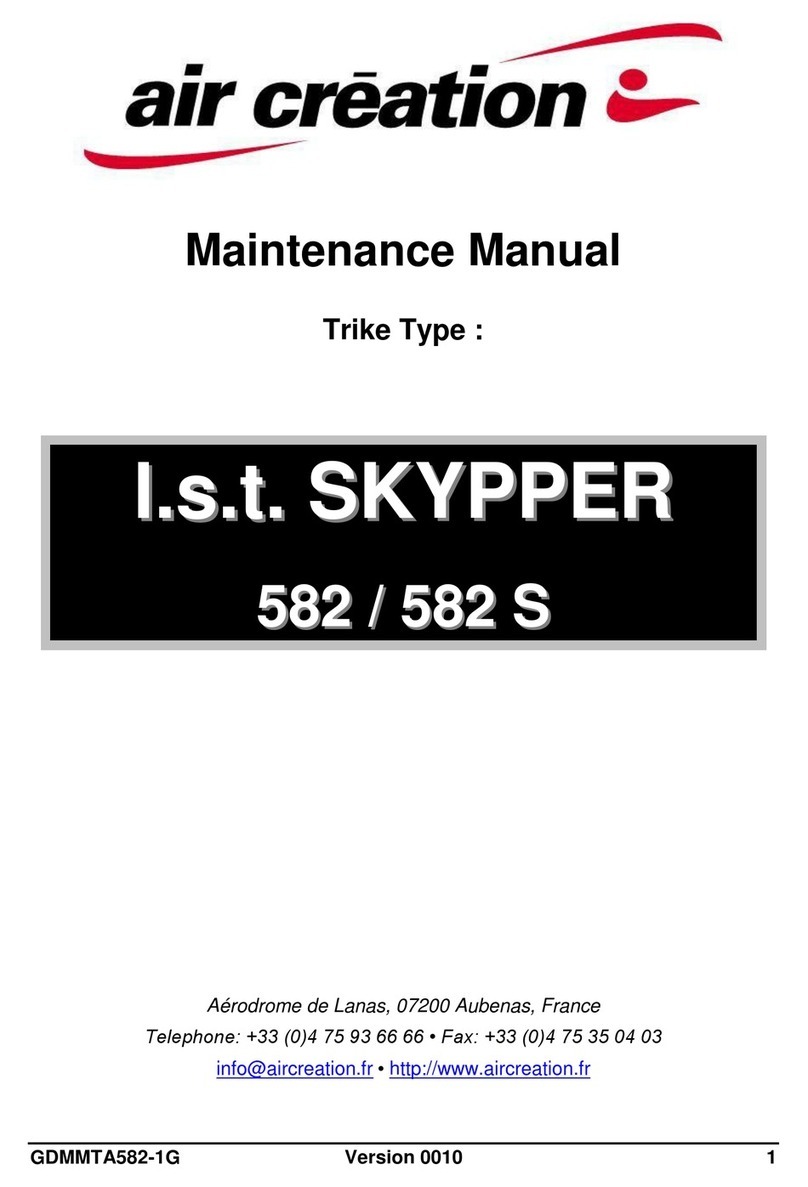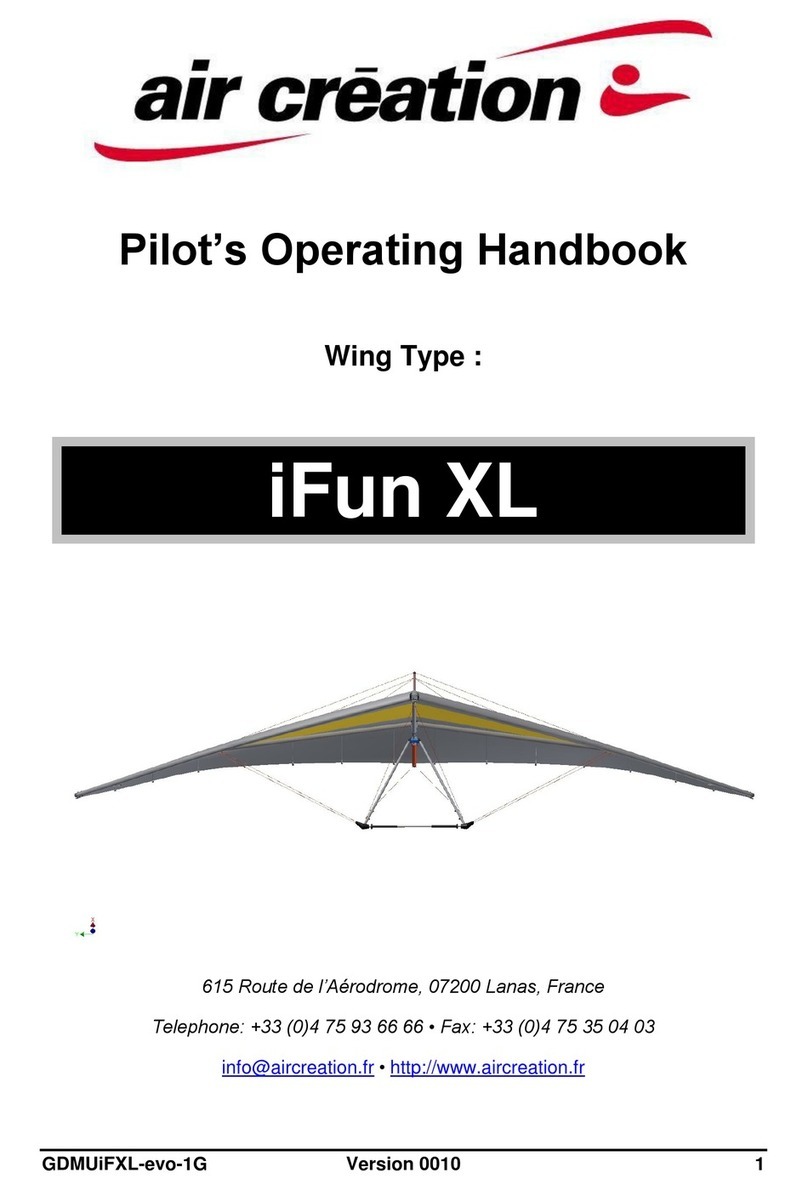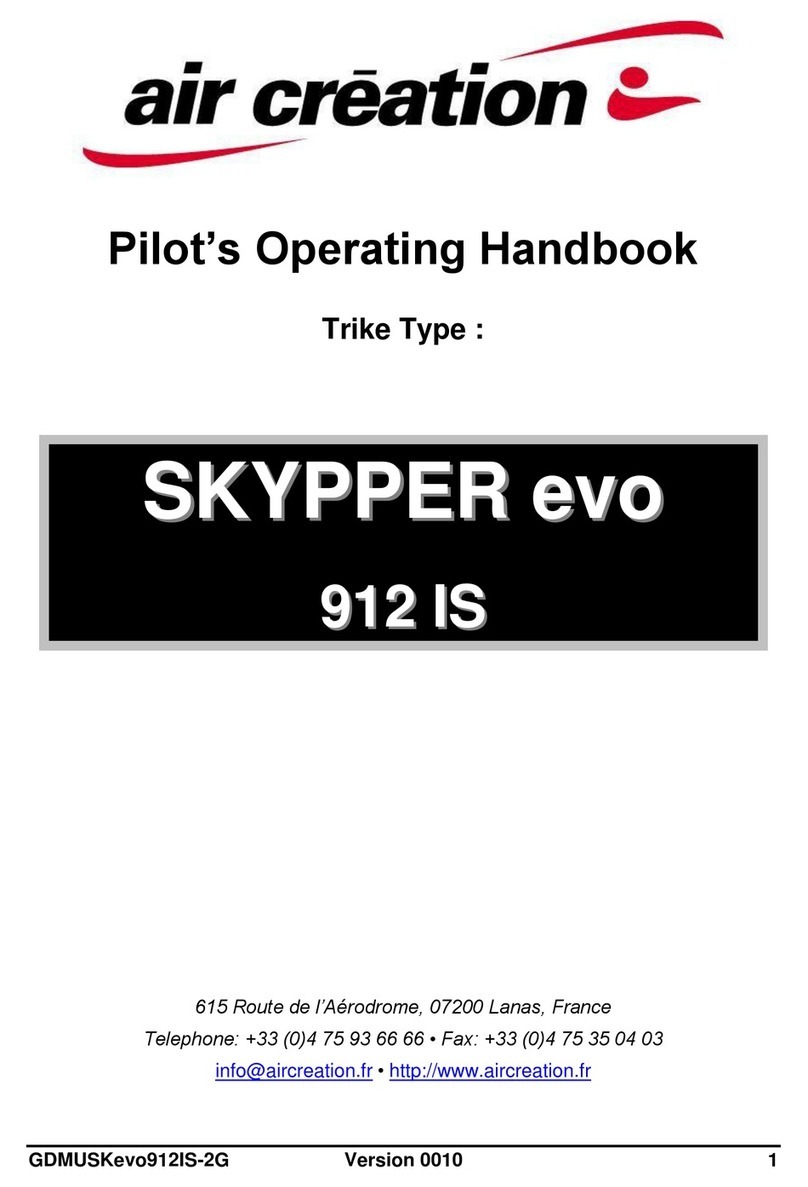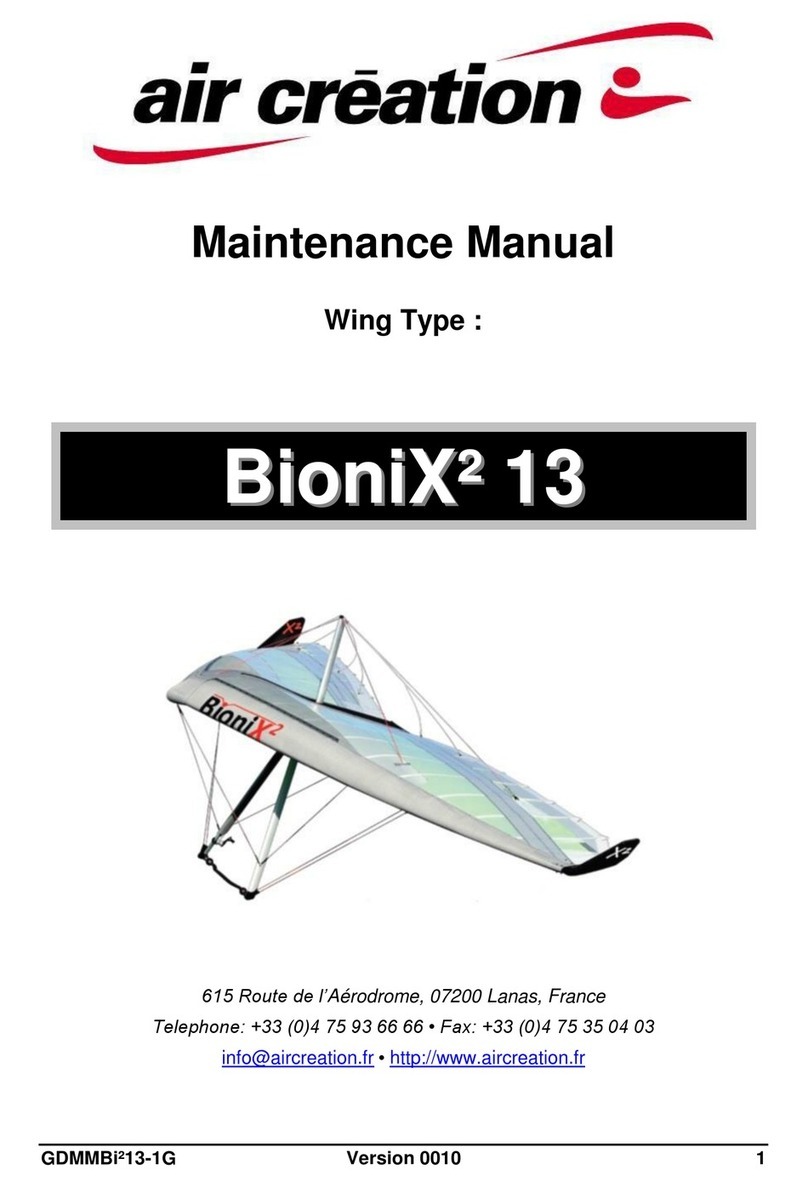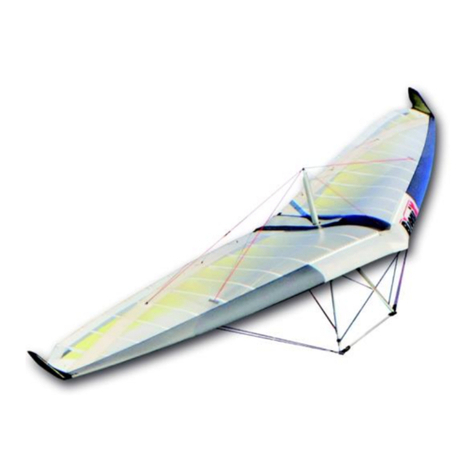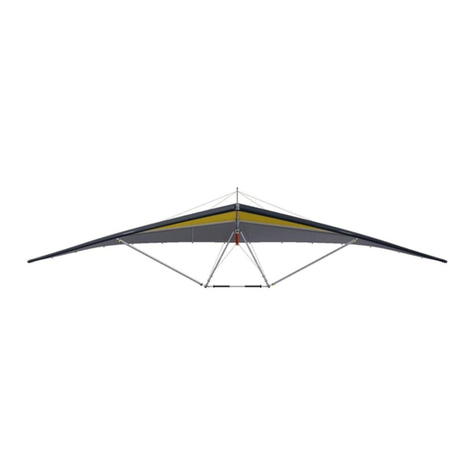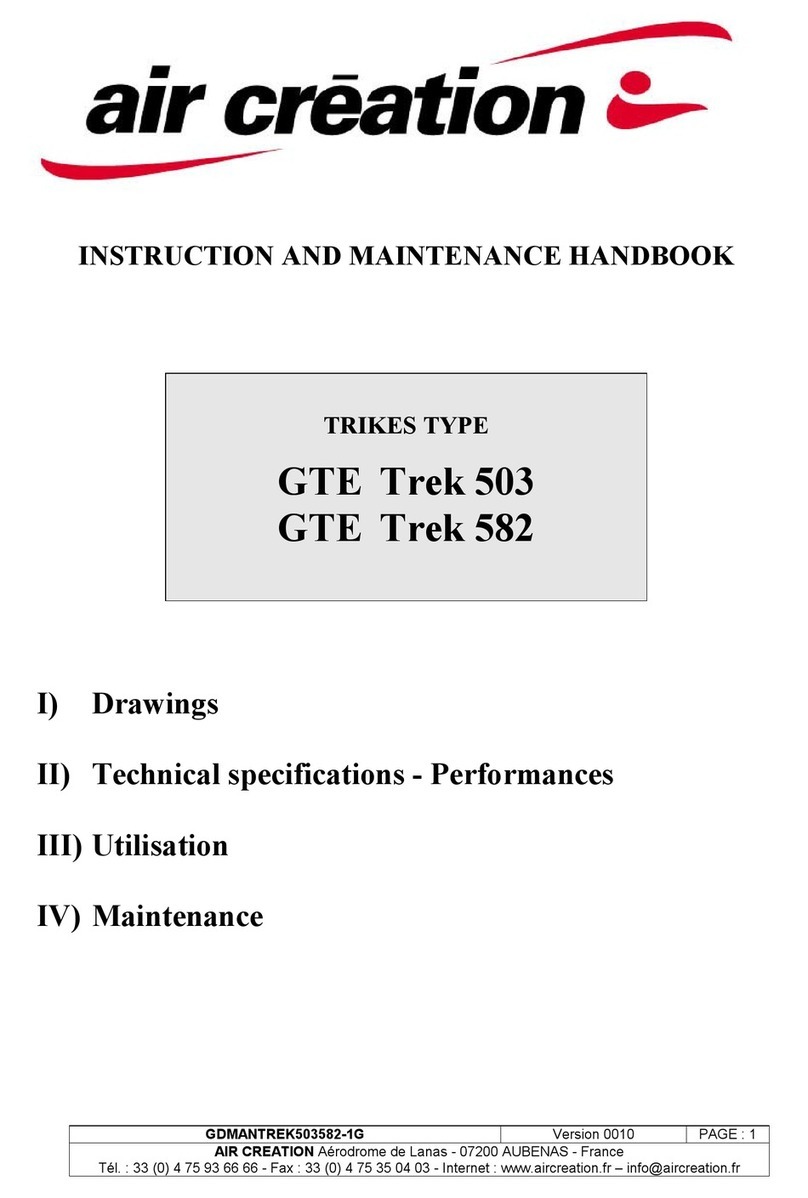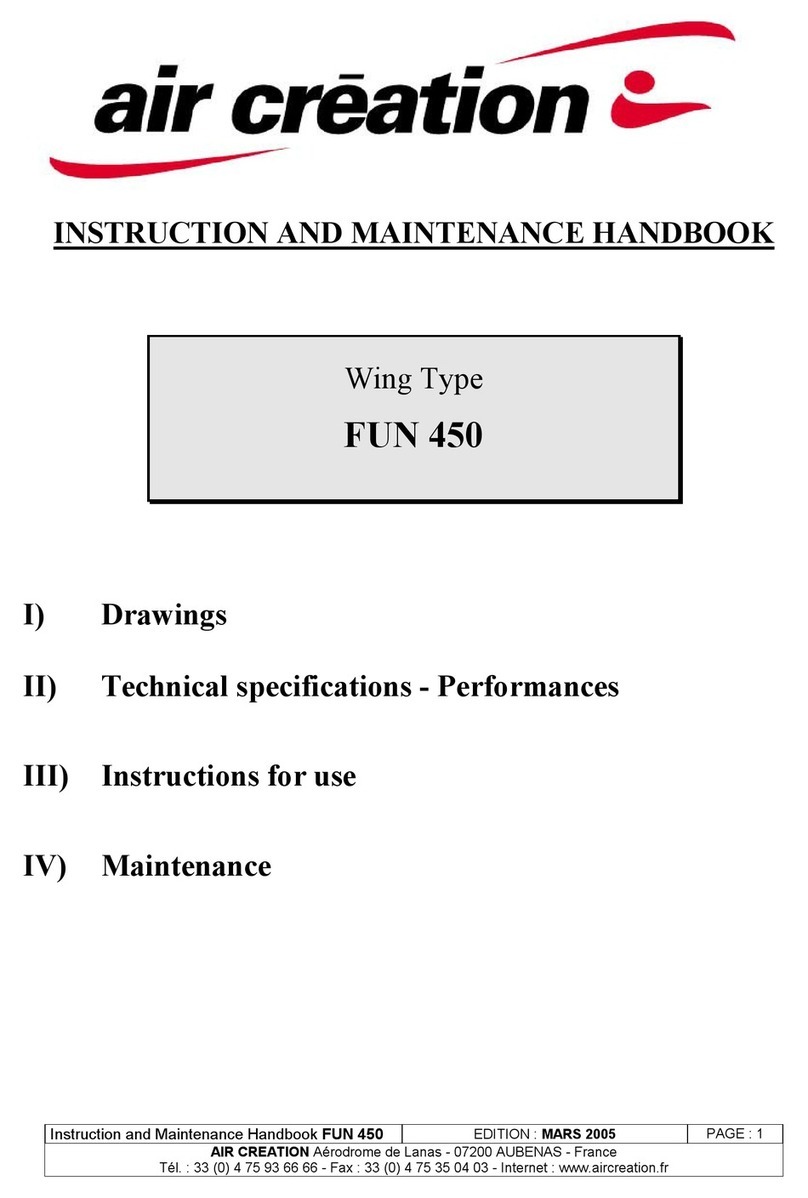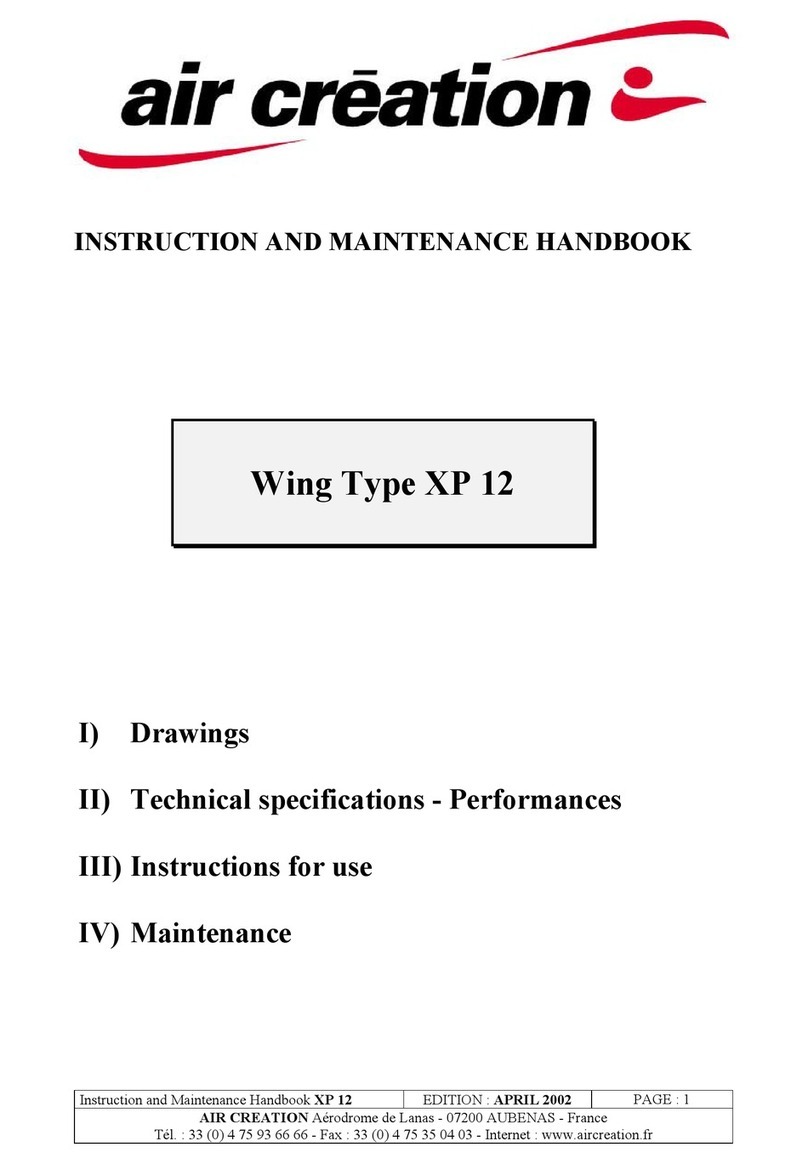
GDMUiF13-1G Version 0030 2
1 Table of Contents
1Table of Contents................................................................... 2
2Amendment Record Sheet..................................................... 4
2.1 Table of Amendments.......................................................................... 4
2.2 Amendments........................................................................................ 4
3General ................................................................................... 5
3.1 About this Document............................................................................ 5
3.2 3-Perspective Diagram......................................................................... 6
Figure 3-1: iFun 13 in 3 Perspectives.......................................................................................6
4Technical Specifications –Performance.............................. 7
4.1 Technical Specifications....................................................................... 7
4.2 Maximum Added Load / Trikes Adjustment ......................................... 7
4.3 Performance (*).................................................................................... 8
5Instructions for Use ............................................................... 9
5.1 Rigging................................................................................................. 9
5.1.1 Assembly................................................................................................................9
Figure 5-1 : EasyFit Tighteners..................................................................................................9
Figure 5-2 : Path of Tensioning Cables .....................................................................................9
5.1.2 Disassembly.........................................................................................................10
5.2 Preflight Check................................................................................... 11
5.3 Flight Specifications........................................................................... 12
5.3.1 Operational Limitations.........................................................................................12
5.3.2 Controls ................................................................................................................12
5.3.3 Flight Techniques .................................................................................................12
6Maintenance ......................................................................... 20
6.1 Assembling from Shipping Crate........................................................ 20
6.1.1 Reassembly Guide .............................................................................................20
